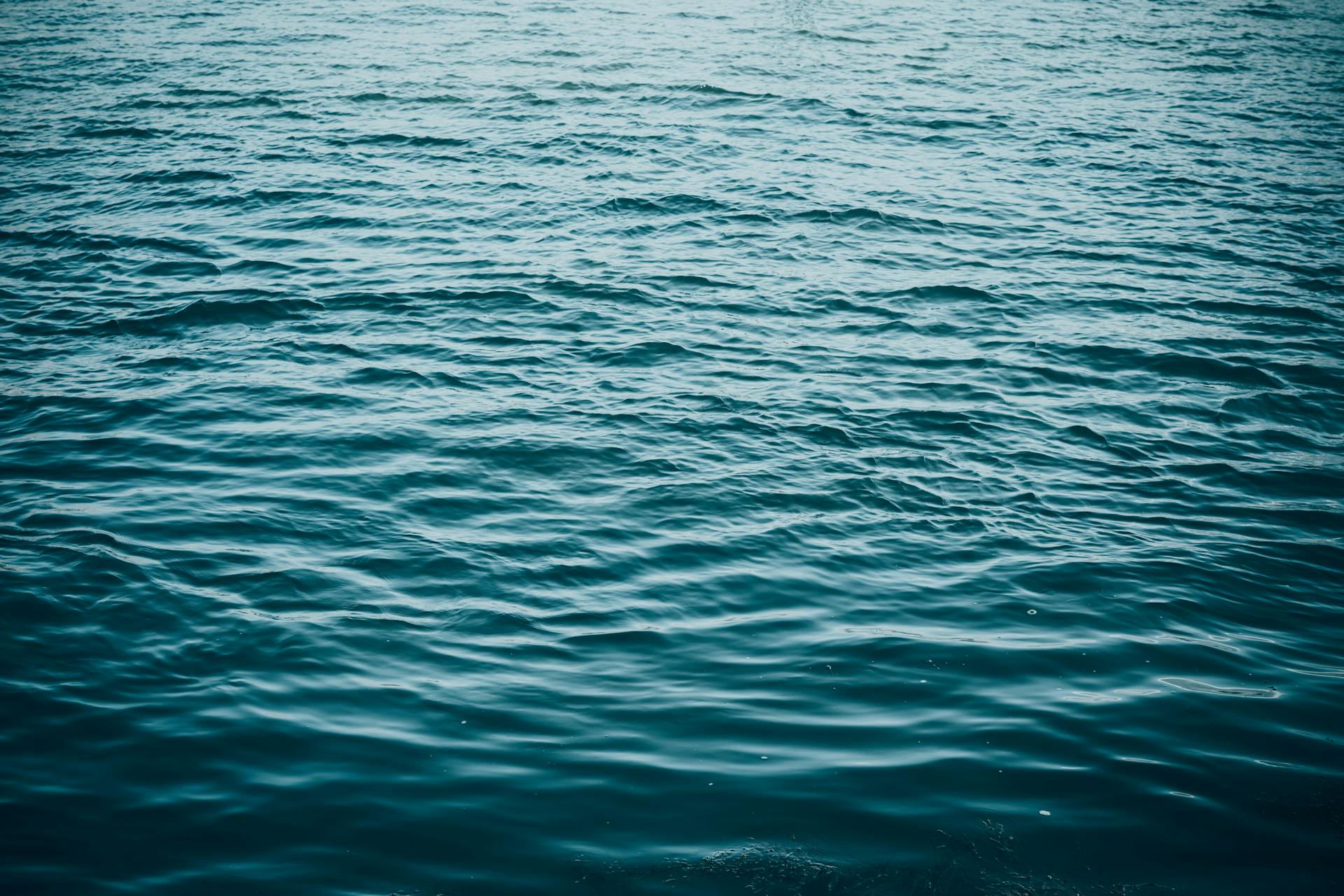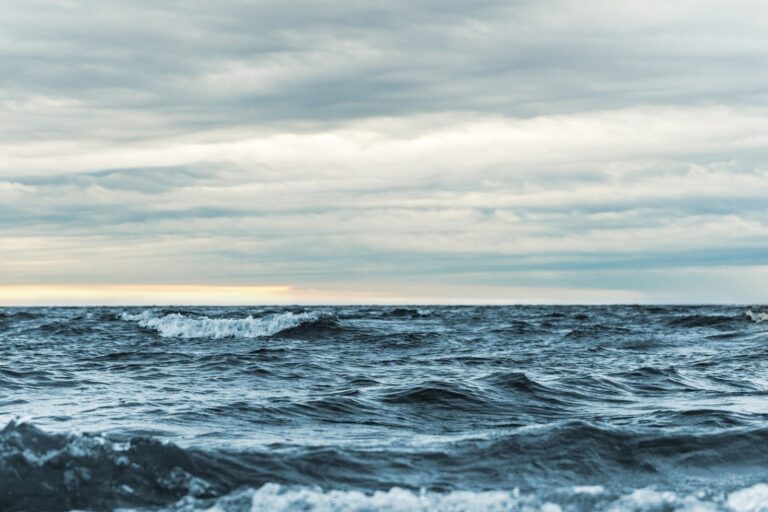Innovative Solutions for a Sustainable Ocean
Introduction
The ocean, covering over 70% of our planet, is vital to Earth’s health. It regulates climate, provides food, supports biodiversity, and sustains economies. However, human activities such as overfishing, pollution, and climate change have severely threatened marine ecosystems. To counter these challenges, innovative solutions are emerging, aiming to foster a sustainable ocean future. This article delves into cutting-edge technologies, sustainable marine practices, and community-driven initiatives that are making a significant impact.
1. Cutting-Edge Technologies in Ocean Conservation
AI and Big Data for Ocean Monitoring
Artificial intelligence (AI) and big data analytics are transforming ocean conservation efforts. By processing vast amounts of data from satellites, drones, and underwater sensors, AI enables real-time monitoring of marine environments. For instance, NOAA has developed cameras to monitor whale migration, aiding in the protection of these majestic creatures from ship strikes and entanglement in fishing gear.
Biodegradable Alternatives to Plastic
Plastic pollution poses a significant threat to marine life. Innovations in biodegradable materials offer promising alternatives. Companies like Notpla have developed seaweed-based packaging that naturally decomposes, reducing plastic waste in the ocean.
Ocean Cleanup Technologies
Innovative projects are tackling ocean pollution head-on. The Ocean Cleanup, founded by Boyan Slat, employs advanced systems to remove plastic debris from oceans and rivers. Since 2019, they have removed over 19,000 tons of plastic, with ambitions to eliminate 90% of floating ocean plastic by 2040.
2. Sustainable Marine Practices
Eco-Friendly Fishing Methods
Overfishing threatens marine biodiversity and disrupts ecosystems. Sustainable fishing practices, such as using selective gear to reduce bycatch and implementing catch limits, are essential. Organizations like the Marine Stewardship Council (MSC) certify fisheries that adhere to sustainable practices, guiding consumers toward responsible seafood choices.
Regenerative Ocean Farming
Regenerative ocean farming is a sustainable approach to aquaculture. This method involves cultivating seaweed and shellfish without fertilizers or feed, providing nutritious food sources while enhancing marine ecosystems. Seaweed farms absorb carbon dioxide and nitrogen, mitigating climate change and ocean acidification.
Marine Protected Areas (MPAs)
Establishing Marine Protected Areas (MPAs) is crucial for preserving marine biodiversity. MPAs restrict human activities in designated zones, allowing ecosystems to recover and thrive. Countries like Palau and Seychelles have implemented extensive MPAs, safeguarding vital habitats and promoting sustainable tourism.
3. Community and Policy-Driven Initiatives
Global Partnerships for Ocean Conservation
International collaboration is essential for effective ocean conservation. The United Nations’ Sustainable Development Goal 14 emphasizes the need to conserve and sustainably use ocean resources. Initiatives like the Global Ghost Gear Initiative (GGGI) focus on removing abandoned fishing gear, which poses significant threats to marine life.
The Blue Economy: Sustainable Ocean Businesses
The blue economy promotes economic growth while ensuring ocean health. Sustainable ocean-based industries, such as eco-tourism and renewable marine energy, contribute to economic development without compromising marine ecosystems. For example, offshore wind farms provide clean energy and reduce reliance on fossil fuels.
Citizen Science and Community Action
Individuals play a vital role in ocean conservation. Citizen science programs enable the public to participate in data collection and monitoring efforts. Beach cleanups, reducing single-use plastics, and supporting sustainable seafood options are actionable steps everyone can take to protect marine environments.
Conclusion
Innovation is pivotal in addressing the challenges facing our oceans. From AI-driven monitoring systems to biodegradable materials and regenerative aquaculture, these solutions offer hope for a sustainable ocean future. However, achieving lasting change requires collective action from governments, industries, communities, and individuals. By embracing innovative technologies and sustainable practices, we can ensure the health and resilience of our oceans for generations to come.


